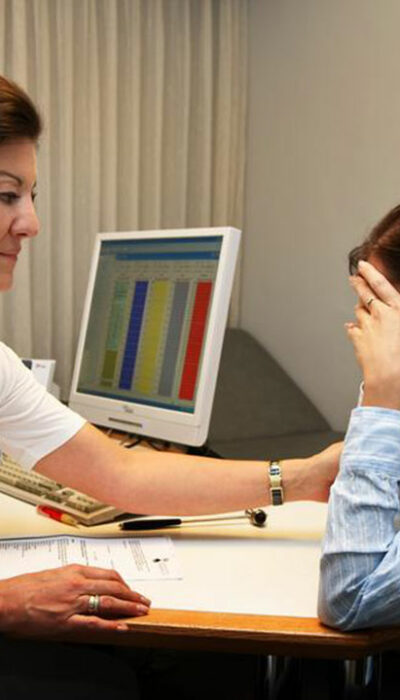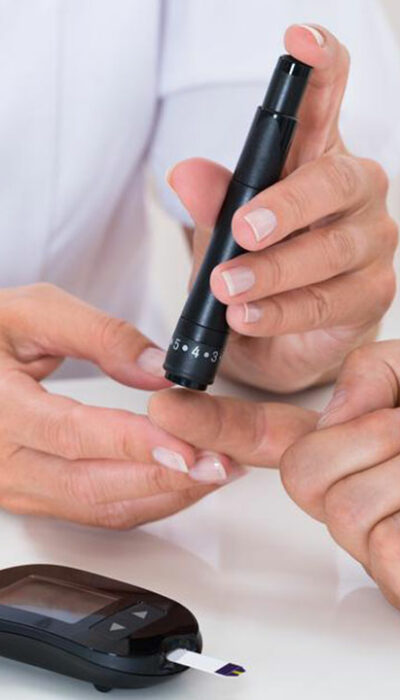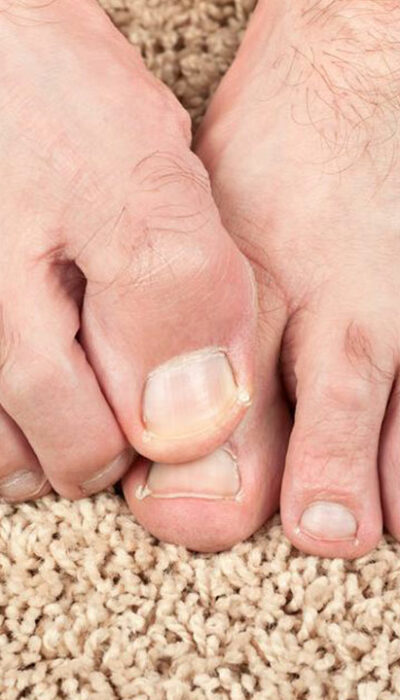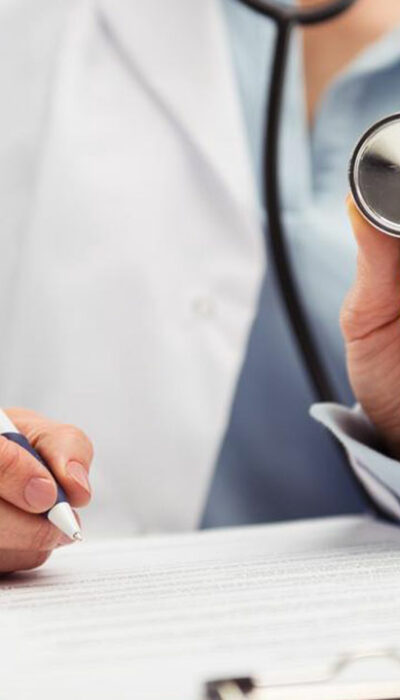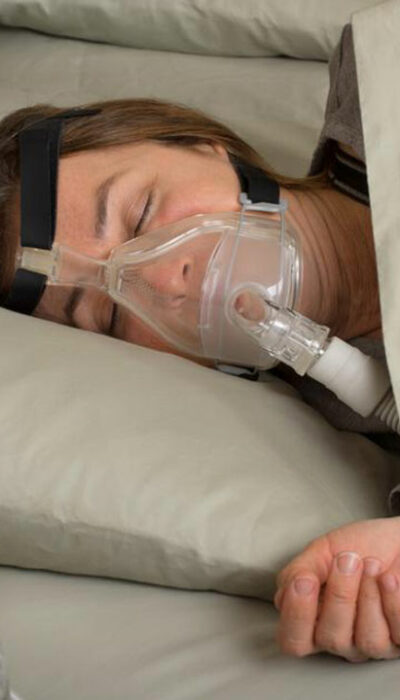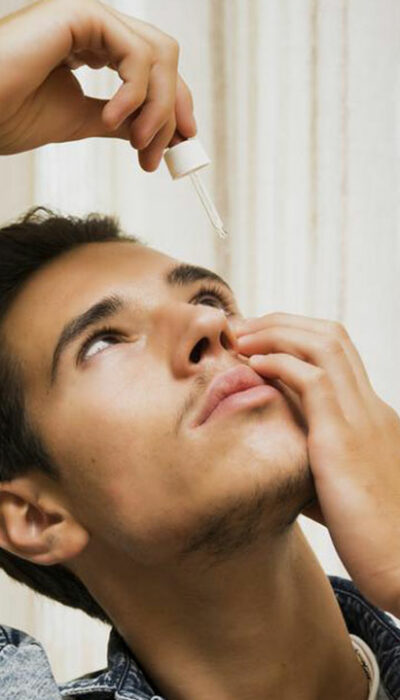
Simple Tips to Manage Colitis
Inflammation of the inner lining of the large intestine, or colon, is medically termed as Colitis. This inflammation can be caused by bowel diseases (Crohn’s, ulcerative colitis), infections or allergic reactions. The condition can cause symptoms like diarrhea and abdominal pain, that can be extremely belittling. Given below are a few home remedies for colitis management. Dietary changes When dealing with colitis, it is important to understand how diet can cause adverse effects on your symptoms. Sugars (refined carbohydrates) in our food-intake breaks down; it can cause the pH in the bloodstream to spike to abnormal levels. This highly acidic environment harms the good bacteria and can lead to repeated episodes of diarrhea. Sugars harm the lower intestines when certain bacteria or fungi (similar to yeast), start to feed off them. With the growth and multiplication of these microbes, the chances are that the colon might get infected, and make your condition even worse. So, you should start off with cutting out refined carbohydrates from your diet, to help relieve symptoms. Replace the refined carbohydrates in your diet with high-complex forms, as these add more fiber and promote better bowel movement. Add a good quantity of vegetables, fruits and whole grains, that help to alleviate the condition, by providing relief to the constipated bowels. When picking options for a high fiber diet, make sure you are not allergic to foods like wheat, dairy products or corn. The reaction to these allergens is known to be one of the causes of colitis. Also, public drinking water that has chlorine and other chemical agents, could be an irritant to lower bowels. Switch to making use of boiled or distilled water. Nutrition Recurring episodes of diarrhea can cause a serious loss of nutrients from the body. Also, the inflammation in the lower intestines hinders the process of nutrition absorption from food.
